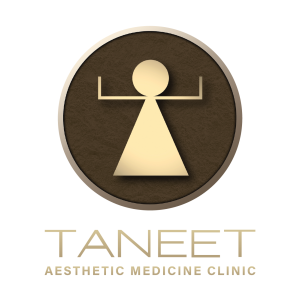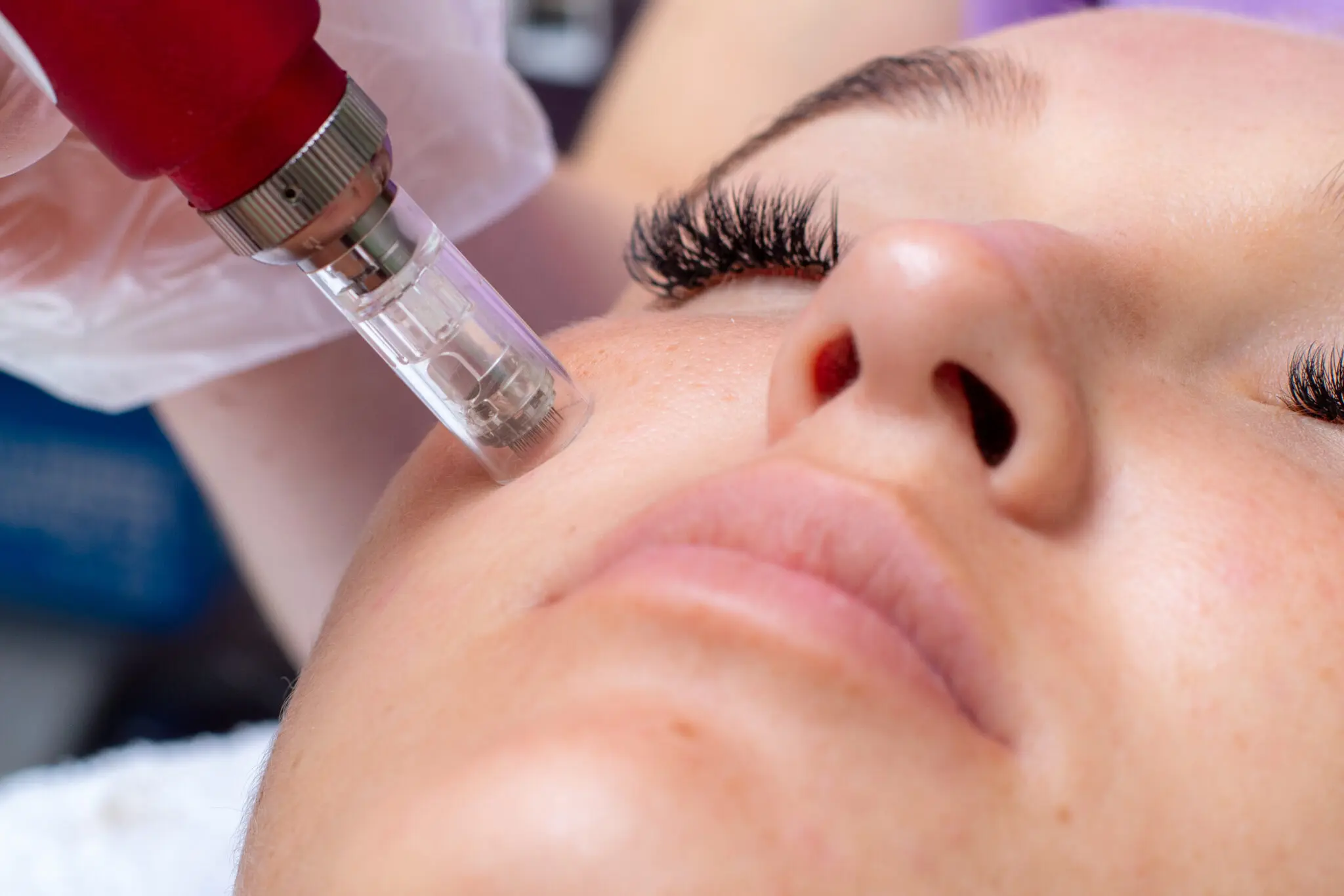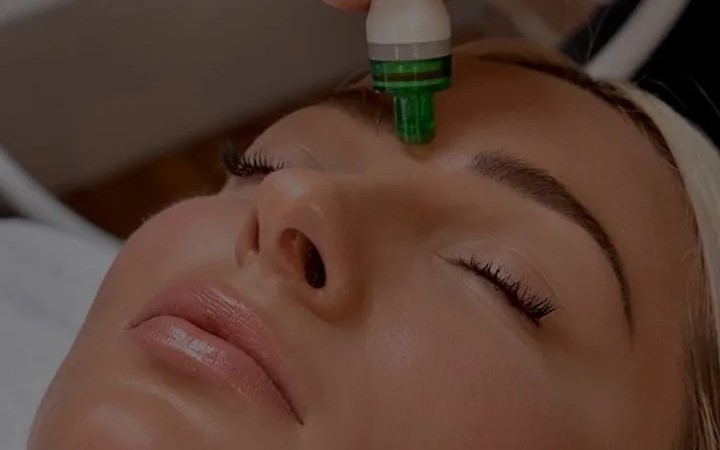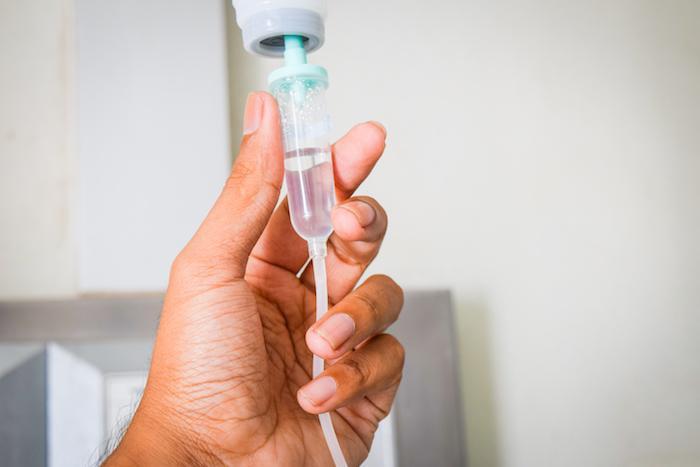ABOUT US
At our center, we specialize in a comprehensive array of cosmetic medicine services including skin and hair care, body contouring and slimming, medical reduction of cellulite and fat, non-surgical facelifts, and skin rejuvenation. Our treatments encompass the latest advancements such as laser therapies, light therapy, mesotherapy, platelet-rich plasma therapy (PRP), Morpheus8, PureHydro facials, and hair transplant techniques, among others. We are committed to using internationally recognized products known for their efficacy and safety.








